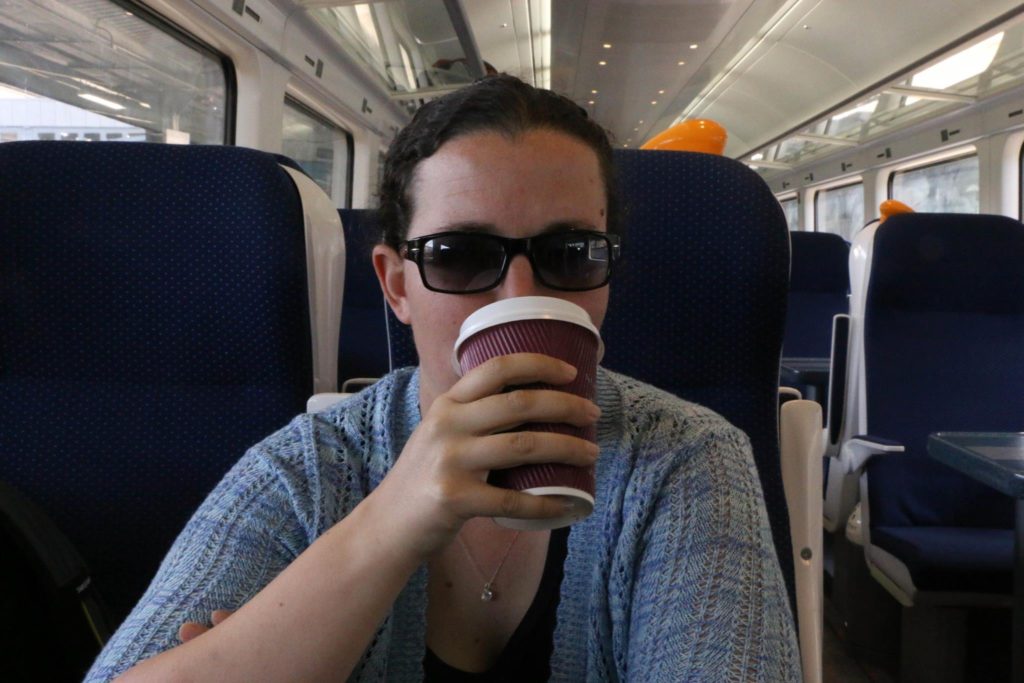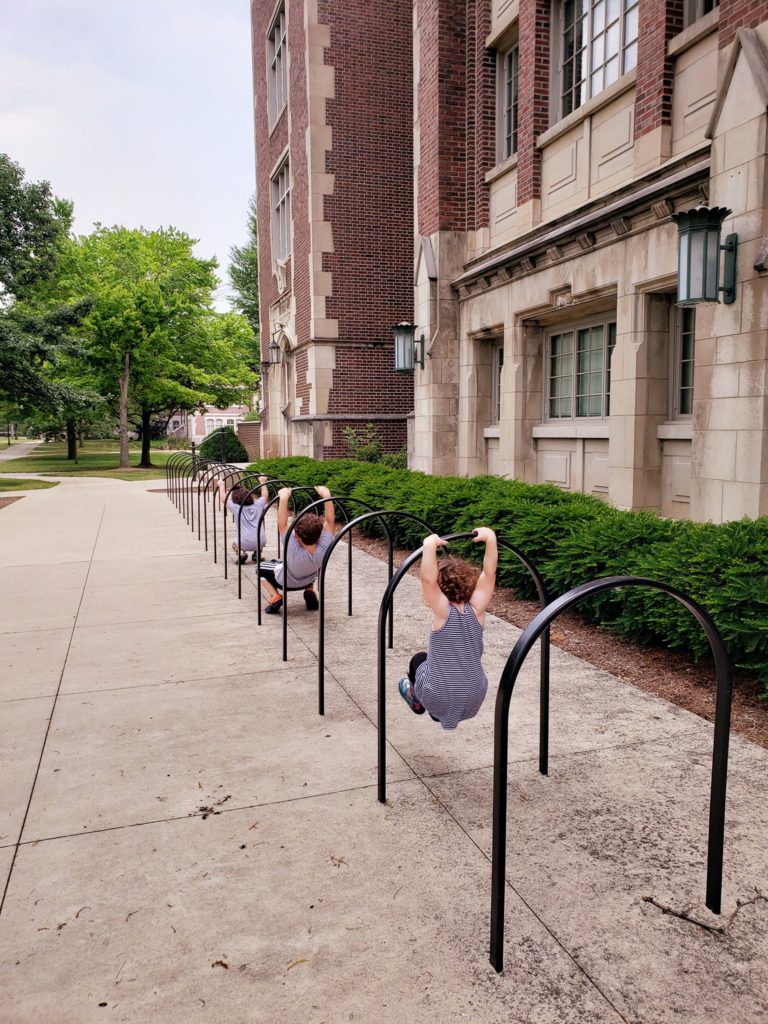Why do we have content silos?
For most of us who attended brick and mortar schools growing up, our academic careers were very traditional with an intradisciplinary approach- learning one discipline at a time. This is oftentimes referred to teaching and learning in “content silos.”
I certainly experienced content silos growing up. I had a mathematics lesson, then moved onto a reading lesson, then an arts lesson, followed up by a social studies lesson…etc. As I got older, I went from general educators teaching intradisciplinary lessons to having separate intradisciplinary classes. For example, I had a physics teacher, an AP Biology teacher, an art teacher, and geometry teacher. I do not remember many lessons, if any, that were very collaborative and involved purposeful integration of multiple disciplines until I got to college.
I did not take a technology or engineering class until graduate school when I was enrolled in programs- particularly my Integrative STEM education courses at Virginia Tech. In this program, the definition of Integrative STEM is “the application of technological/engineering design based pedagogical approaches to intentionally teach content and practices of science and mathematics education through the content and practices of technology/engineering education. Integrative STEM Education is equally applicable at the natural intersections of learning within the continuum of content areas, educational environments, and academic levels” (Wells & Ernst, 2012/2015).
In Rachel and my work with Dr. Rose at Ball State, we broadened the scope of integrative STEM education as more of a conceptualization of holistic teaching and learning of new concepts, principles, and practices- with horizontally and vertically integrated curricular approaches- to simultaneously achieve learning goals that originate from two or more STEM disciplines and with unique contributions of non-STEM disciplines. Technology and engineering still play a central pedagogical role, but we also welcome other pedagogical approaches like experimentation, scientific inquiry, and mathematical inquiry to the table.
With either definition, the value of integrating disciplines in the classroom is key.
Rachel and I were invited to write a chapter for a book about educational leadership and integrative STEM education (which is something we can talk about for days), but the purpose of this chapter had an interesting twist- we had to deconstruct integrative STEM education. In other words, we had to take on the roles of archaeologists and dig up the artifacts to understand how contemporary integrative STEM education came to be. There is quite a bit of documentation on the predecessors of STEM (e.g., SMET) and the policies and major events leading up to STEM so we did not feel out of our element writing content about this topic, but the editor of the book asked us to dig deeper.
How deep? Deep enough where we had to describe, to the best of our abilities, why in our educational system we currently do not teach integratively. Instead, identify why we perpetually teach and learn disciplines in these content silos.
This was definitely unexplored territory for us, but it raises a good question on why a majority of our schools are set up this way. Once we leave school, we rarely live and work in the bubble of one discipline.
It took a bit of research on our part to understand where this intradisciplinary teaching framework came from. One strong argument is the popularization of the Formal Discipline Theory in the early 19th century, which heavily favored robust mental discipline.
Granted this is a gross oversimplification of the theory, but the overarching construct from my understanding is that the human brain works similarly to a muscle. Just as you go to the gym and complete different exercises to strengthen specific muscles, to a practitioner of the Formal Discipline Theory, you would work your brain to strengthen brain aptitudes. A grueling memorization exercise in mathematics would make your memory stronger to tackle the type of memorization that may be needed for your future career. Classes were designed to provide the brain the gymnasium to improve reasoning, memorization, perception, and intelligence.
This Formal Discipline Theory has largely been discredited at this point, but we still see the “artifacts” of this theory in our educational systems. Lessons and classes continue to be intradisciplinary and some educators focus on mental discipline more so than content, engagement, or real world relevance. For example, a chemistry educator requiring students to memorize the elements of the periodic table because she believes this practice will increase student intelligence or school personnel that do not collaborate or co-teach because their discipline matter alone will lead to student transference in their personal and future professional lives.
We need to be cognizant of supporting students with how they transfer learning of the classroom to learning of the real world. Why not emphasize the knowledge, skills, and attitudes in interdisciplinary settings that will prepare them for the real world?




